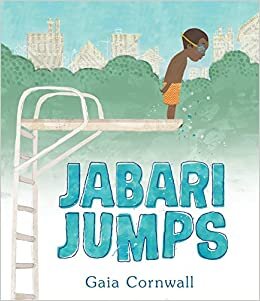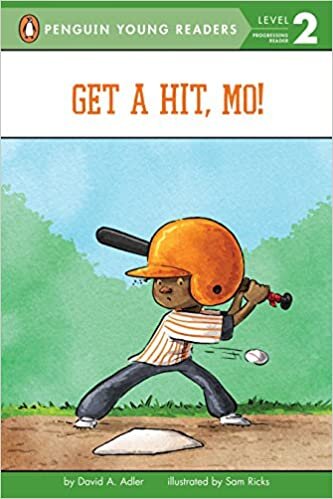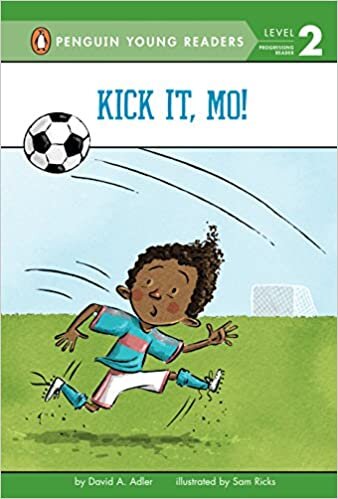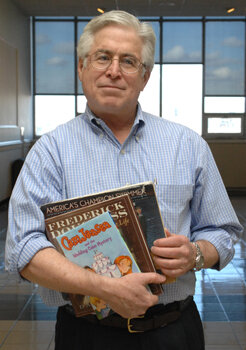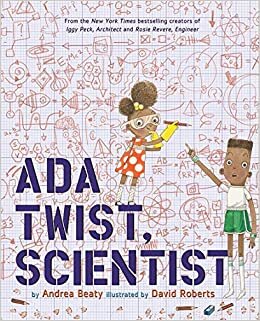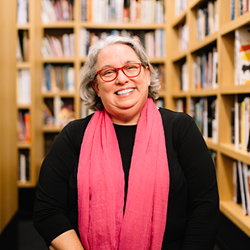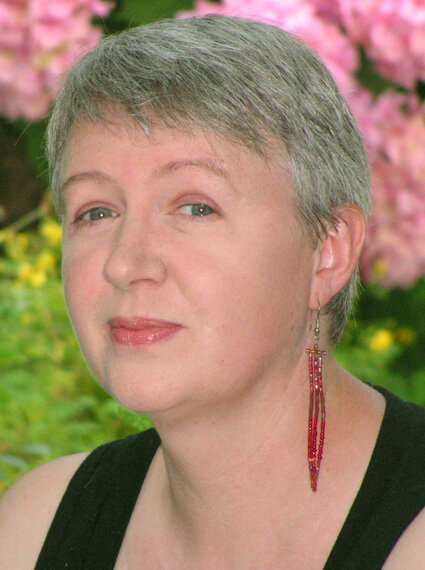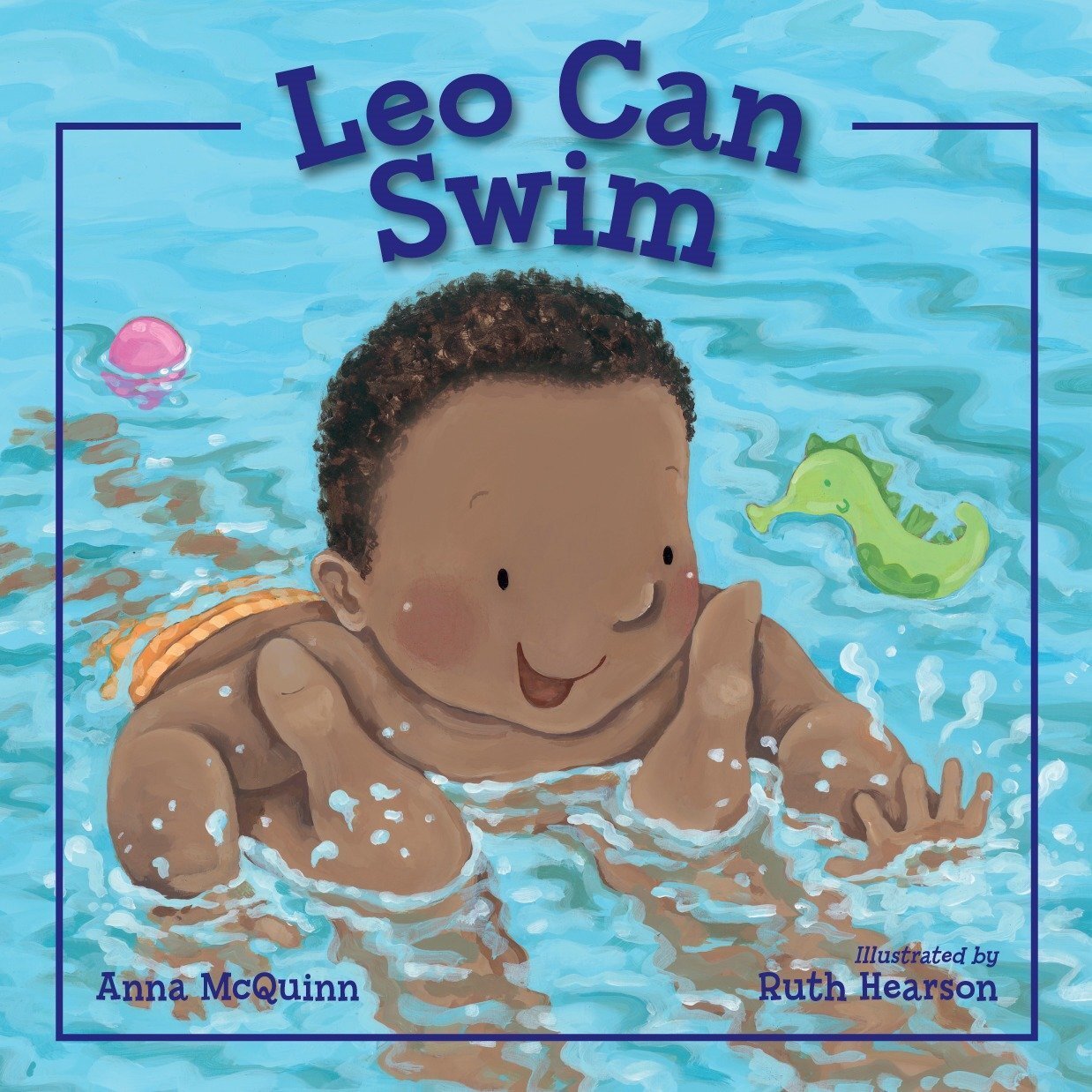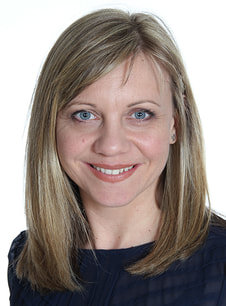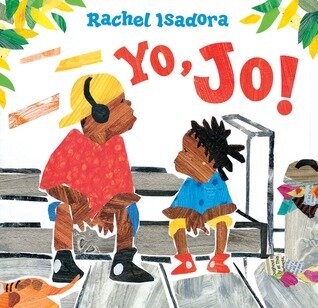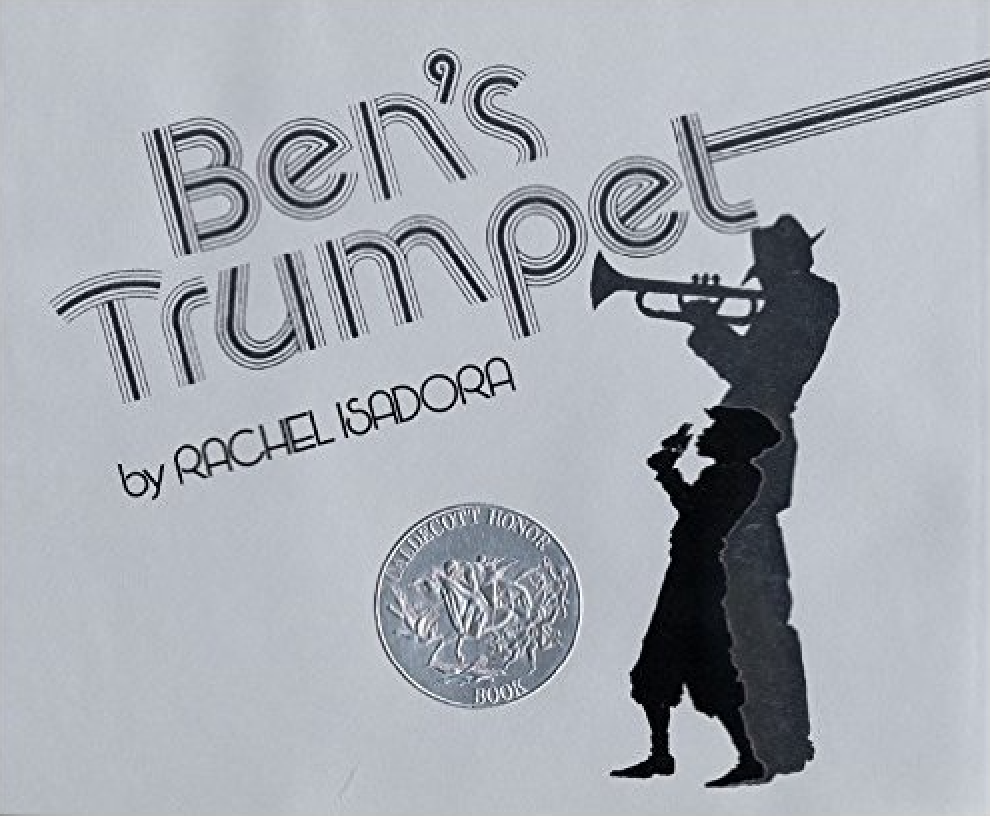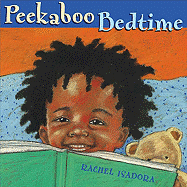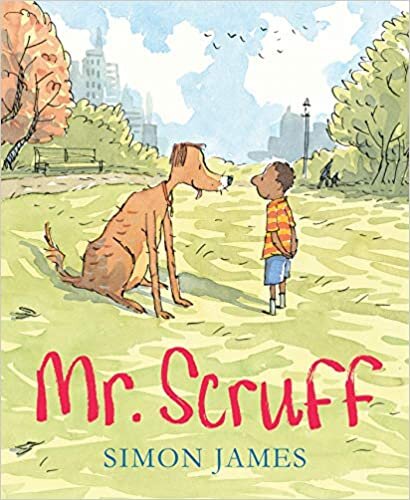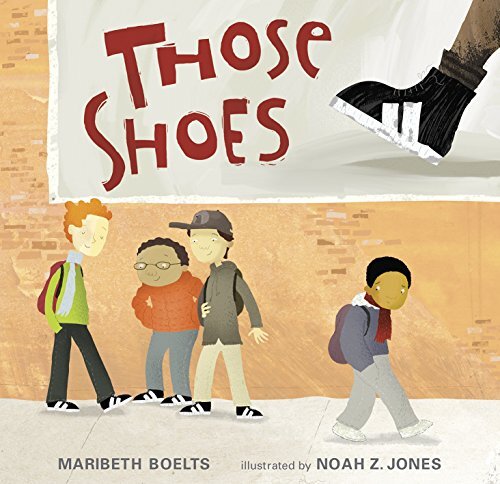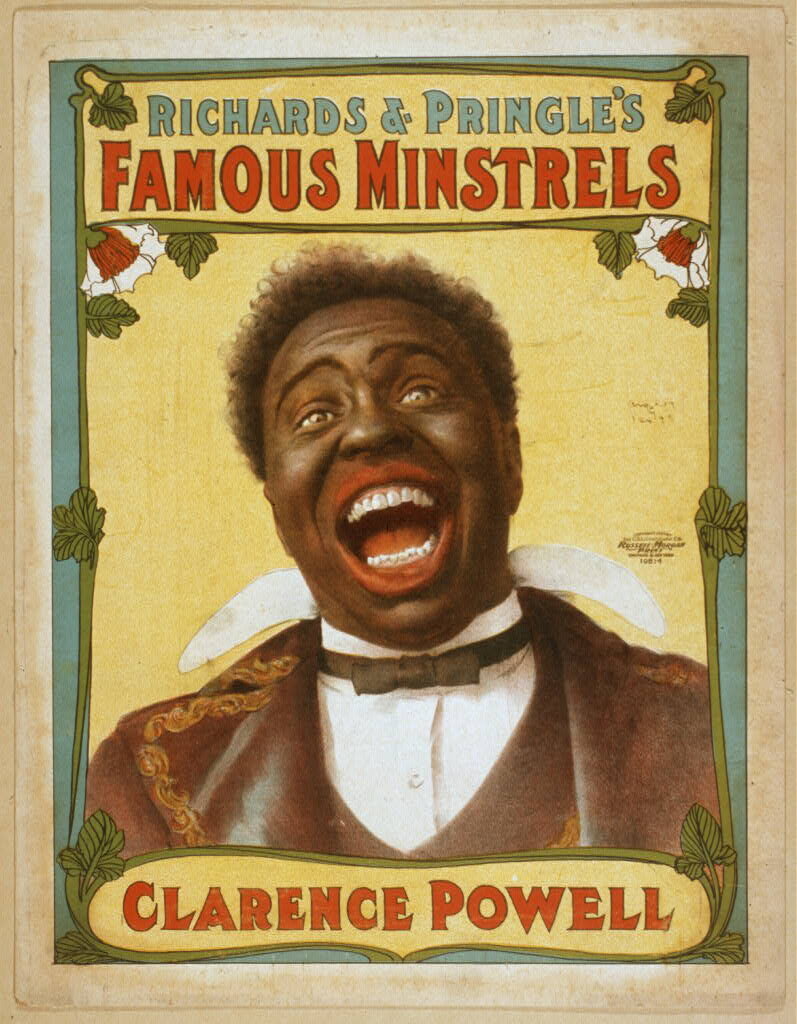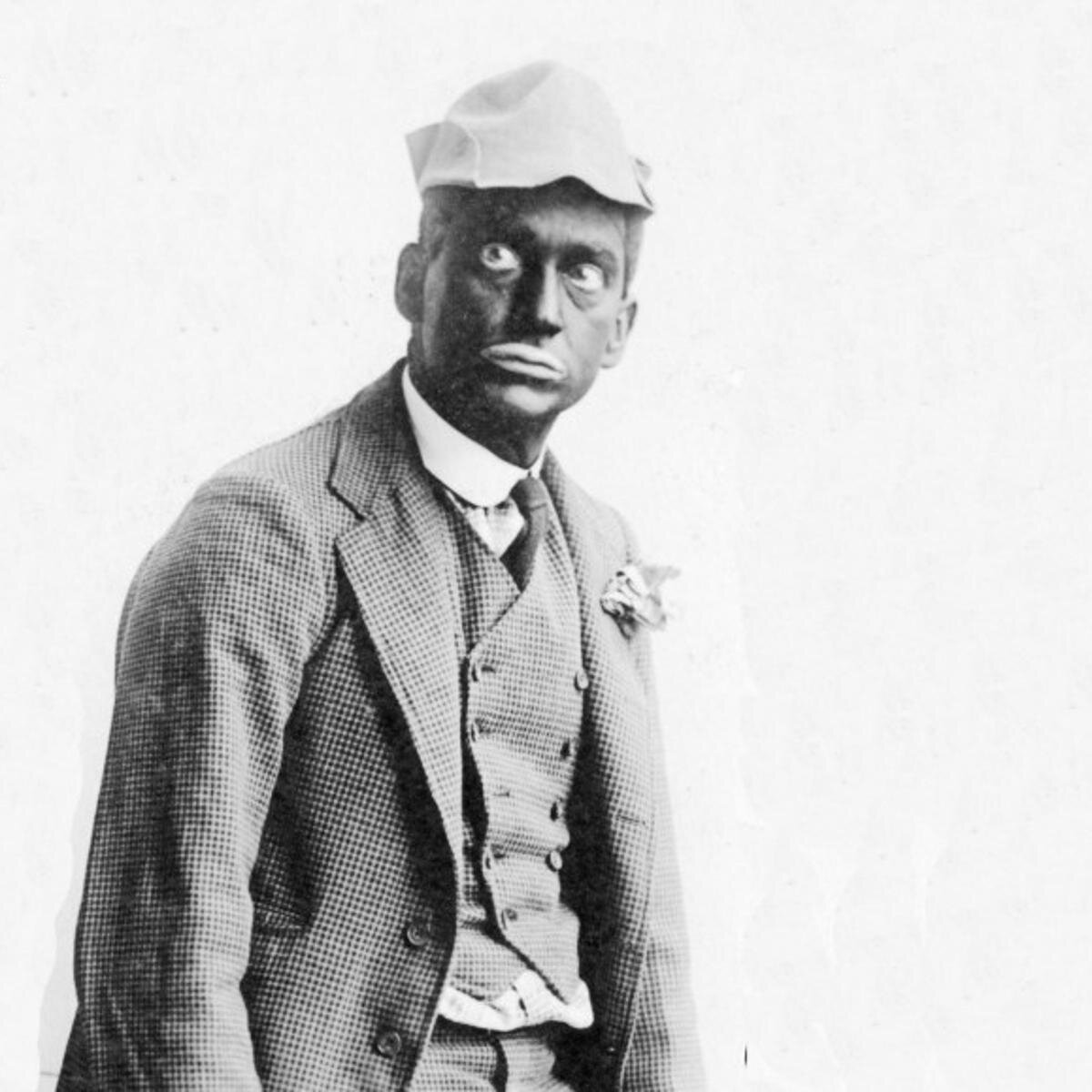The Danger of Racial Appropriation in Children's Picture Books
Snapshot by Francois B. Arthanas
The Reality in Numbers: Over 50% of children’s picture books featuring black people are not written or illustrated by black people. While children’s picture books featuring black people made up only 11% of all children’s books in 2019 (there are nearly 3x as many children’s books about animals than black people) less than half of the 11% of “black books” were created by black people. While we’ve seen a rise in the number of books featuring black characters in the last 10 years, the percentage of these books written and/or illustrated by black people is trending downward (2019, CCBC).
The World Our Kids Will Inherit: Children’s picture books are among the first reflections kids see of the world they’ll grow up in. These stories help to set the initial framework for who is depicted as the hero, the villain, intelligent, brave, creative, sympathetic, etc. Furthermore, which colors correlate with “good, clean, nice, smart, righteous, worthy, etc.” and which should be associated with “dirty, mean, ugly, inessential, etc.”
The Issue We’re Facing Today: There has been a slow societal awakening to the reality that the books, TV shows, and games kids consume should be a reflection of the diversity of the planet.
However, the gap between cultural reflection and cultural authenticity is still on the mend.
Jabari Jumps
written & illustrated by Gaia Cornwall
The Mo Jackson Series
written by David A. Adler
illustrated by Sam Ricks
Ada Twist, Scientist
written by Andrea Beaty
illustrated by David Roberts
Leo Can Swim
written by Anna McQuinn
illustrated by Ruth Hearson
Yo, Jo! | Peekaboo Bedtime
written & illustrated by Rachel Isadora
Mr. Scruff
written & illustrated Simon James
Those Shoes
written by Maribeth Boelts
illustrated by Noah Z. Jones
Industry vs. Individuals
This is not a conversation about the quality of the works above. That is a subjective conversation I leave to individual preferences. (Though I will clearly state that Black people are fully capable of reflecting their own characters, telling their own stories and doing so phenomenally.)
This is a dialogue about equity, accuracy, and authenticity. About access for people of color to reflect their own experiences, characters and profit from their own reflections.
It’s important to note that these are not self-published books. These books aren’t the products of individuals acting alone or within their circles. A team of professionals at major publishing houses (such as Penguin, Candlewick, Abrams, Putnam, and more) had to give approvals for these books to hit the shelves as they appear.
What’s the harm?
A) Cultural Appropriation | Understood as when one group (typically the dominant group) adopts, showcases, and profits from the customs, practices, ideas, experiences, etc. of another. Historical reflections of cultural appropriation have included blackface minstrelsy.
In no way are the examples of minstrelsy and racial appropriation in children’s books twins. The books above, so far as I can tell, are not seeking to make a mockery of or create damaging stereotypes about the black community and experience. Yet, however well-meaning, it is still profiteering from black characters and the black experience from those outside of it.
One of the biggest painpoints of this cultural appropriation involves the sincere parent, grandparent, educator, bookstore owner or other consumer who genuinely wants to diversify their library and expose their family members, students, or patrons to diverse characters, experiences, and ways of life. They are instead, in these instances above and many more, receiving a non-black person’s reflection of a black character and/or experience. In many cases, representation by appropriation (especially when done by the dominant group to a marginalized group) can be more hurtful than no representation at all.
B) Follow the Money
Who benefits financially from the way things are?
Publishers receive roughly 85% of the profit from a book sale.
The author and illustrator of a children’s picture book typically split the remaining 15% (after the publisher recoups its costs).
Let’s Follow This: If the authors and illustrators of these books featuring black people are not, themselves, black…and the C-level leadership/ ownership at the publishing houses producing the books above- being Penguin Young Readers, Candlewick, Charlesbridge, Putnam, Abrams, Viking and their parent companies: La Martinière Groupe, Walker Books and Penguin - are predominately and, in some cases, exclusively, not black then…
What percentage of the profits from the #1 New York Times Bestseller, Wallstreet Journal Bestseller and USA Today Bestseller, Ada Twist, Scientist, goes to anyone who looks like Ada?
How much of the money raked in from the Amazon Bestseller Jabari Jumps goes to anyone who looks like Jabari?
What percentage of book sales from the Dr. Seuss Award-Winning book Don’t Throw it to Mo goes to anyone who looks like Mo?
And, how much of the cash generated from Ben’s Trumpet, a Caldecott and Boston Globe Honor Award picture book depicting the life of a black Jazz prodigy in the 1920s is directly benefitting anyone who looks like Ben?
Why This is Especially Damaging to Black Communities
Snapshot by Jurien Huggins
Much has been highlighted about the systemic economic destruction and obstruction of black wealth and financial prosperity in America - with The Tusla Massacre of 1921 being amongst the most discussed of late.
One way to siphon money and redirect profits away from the black community in publishing is to leverage the public’s growing appetite for stories featuring black characters by simply “putting a black face on it”. Meanwhile, the money from those “black book” sales are being sent exclusively to individuals outside of the black community and experience. This, in part, is the offspring of deeper issues involving systemic racism, nepotism, sexism, lack of diversity in power positions, and more within America’s largest publishing companies.
This also means that while such “black books” check the diversity box for algorithms and web searches, are featured in the “black book” section of bookstores and included on shortlists of the “best black children’s books” none of the profits are directly benefitting the black community and it equals one less opportunity for a black writer or illustrator to reflect their own experience.
Two Solutions
For People: Verify that the children’s book showcasing black characters on the cover is written and/or illustrated by a person within this experience. One of the ways publishers hide that their books featuring POC are not written by POC is to avoid putting the pictures of the story’s author and illustrator on the book. Typically, these photos can be found on the inside book dust jacket, back cover, or on a bio page inside. If not, doing a quick google search on your phone or computer for the author and illustrator of the book can help you see who created the story and will be profiting from it.
For Publishers: If your children’s book centers black people then a black person should be the author and/or illustrator for the project. There are plenty of AMAZING black creators who are capable of writing and illustrating black characters and presenting their own lived experience. If you’d like to profit from diversity as a trending and rising market those inside the experience should be profiting with you.
A Version of the Future
Snapshot by Aaron Burden
As we move to see a world more reflective of equality and true diversity - ensuring that black creators are deemed worthy to speak to and benefit from their own experience is a critical step in how diverse stories will get told. If not, we’ll continue to propagate non-black reflections of black characters, identities and experiences that present a warped, incomplete or fraudulent view of a reality. Our reality. Further, we will keep black communities limited in profiting from something as simple as their own skin, lives, and likeness. We can do better as a publishing community and it is imperative that we must.
Lastly, I welcome this as a dialogue. I invite discussion about the things I’m not seeing as it pertains to the material above. The only way we’ll grow is through honest, respectful discourse, understanding and consistent, positive action. I am sincerely open.
Author’s Note: Jesse Byrd is an award-winning children’s book author whose family has 31+ years in the publishing industry and nearly 37 books to their credit. His family has won multiple awards for their books and has made the New York Times Bestseller’s list.


